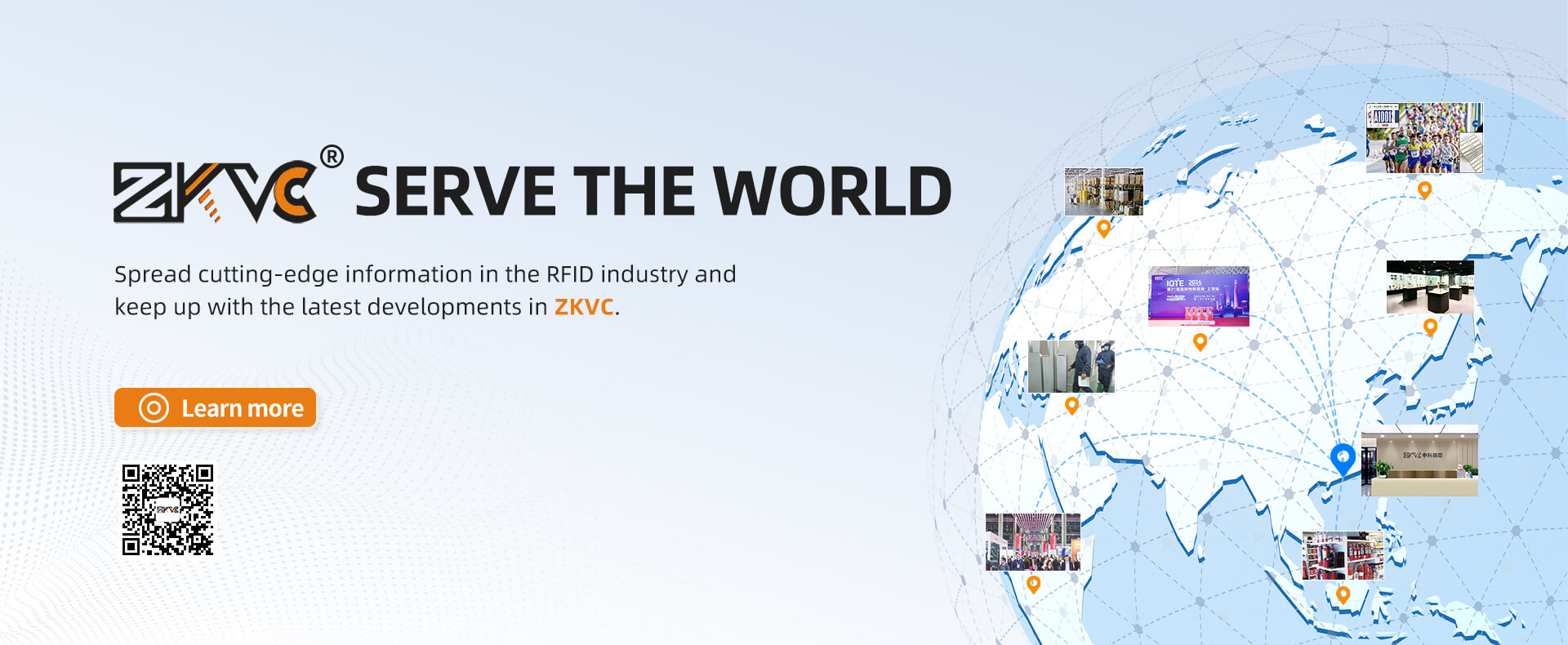
1. Project background
China's police equipment and materials have many types, large quantities and high value, and also contain guns, ammunition, explosives and other materials that need key supervision, which play an extremely important role in the process of public security organs responding to emergencies and dealing with emergencies. However, due to the lack of effective information management means, there are still backward management methods, data can not be shared, and low level of supervision. The specific performance is as follows.
(1) Manual accounting is the main method, and the work efficiency is not high, which is difficult to meet the needs of emergency security
At present, the main links such as storage, deployment and management of police equipment and materials are still based on manual bookkeeping, and data transmission mainly relies on paper documents, which is highly dependent on personnel, and the workload of managers is heavy. Data query and statistics take a long time and are very difficult, and the accuracy and real-time performance of data are poor, not only the work efficiency is not high. And it is difficult to meet the requirements of rapid response and emergency disposal of police equipment and materials support for natural disasters, mass incidents and other emergencies. For example, when an emergency occurs, it is difficult for managers to accurately grasp the stock of the required materials, which equipment storage warehouse should be transferred from, which warehouse and which shelf of the equipment storage warehouse are stored, who is currently in custody of the materials, whether the materials have passed the shelf life, and about how long they can be transported to the place of the incident, and so on. However, these problems are crucial to the process of emergency material support for each emergency.
(2) Data cannot be shared, it is difficult to achieve regional linkage security, and it is easy to waste resources
Due to the lack of information management means, coupled with the status quo of hierarchical management of public security organs at all levels, the current data of police equipment and materials cannot be shared between districts, counties, provinces and regions, and it is more difficult to achieve coordination support and linkage guarantee between neighboring regions. When emergencies occur, often because of the inability to grasp the situation of police equipment and materials reserves in nearby areas, and long-distance transport of materials, resulting in emergency support time lag and waste of manpower and material resources. At the same time, because the data cannot be shared, there is often an excess of some types of materials in the adjacent areas, and insufficient reserves of other types of materials, resulting in a waste of resources.
(3) The process supervision is insufficient, the management is not highly refined, and the closed-loop management of equipment and materials cannot be realized
At present, the procurement, storage, distribution, use, recycling and other links of police equipment and materials at all levels of public security organs are basically isolated, and it is difficult to achieve specific supervision and closed-loop management of each link. For example, during the management of a batch of police equipment, At present, it is difficult to grasp when the procurement and production tasks of this batch of materials can be completed, where they are in the process of transportation, which warehouse is stored in which storage warehouse, what is the current storage and use situation, which public security organs are transferred to, what role they play, and what reference significance they have for subsequent work.
To this end, information technology represented by the Internet of Things RFID technology is used in the field of police equipment to achieve the dynamic visual management of the whole process of police equipment, to achieve the integration and sharing of police equipment resources, to accelerate the modernization of public security emergency material management, and to improve the ability of public security organs at all levels to cope with complex public security situations and maintain social stability.
Ii. System overview
The police emergency equipment RFID intelligent storage management system can realize the four-level linkage with the police equipment data center of the Ministry of Public Security, provincial department, municipal bureau and other county bureau, realize the interconnection with the police equipment data center of the Ministry of Public Security and transmit and invoke data to the upper level units; Police equipment Internet of Things management system to support the procurement, allocation and other equipment management department daily business; Support the completion of the daily operations of the warehouse, such as transfer and receipt, warehousing, inventory, scrapping, and can report the business data of local emergency materials in the warehouse to the police equipment data center of the Ministry of Public Security.
The software supports the query and status of the flow and statistics of equipment, and its main functions include: incoming query, outgoing query, scrap query, inventory query, outgoing list statistics, incoming list statistics, inventory statistics, expiration date query, etc.
(1) Equipment requisition and equipment delivery
Warehouse scanning RFID chip out operation
After the networking software completes the warehouse operation, the actual equipment is the operation of the warehouse.
Open the warehouse workstation desktop software:
Put the RFID tag of the equipment against the all-in-one machine at the door, or place it on the reader on the desktop, and the RFID code of the equipment will appear in the product RFID code of the software.
If the software prompts: "Please check whether the storage order is submitted online; Please check whether the type of imported products is complete. "indicates that the exported products are inconsistent with the outbound orders of the networking software. The outbound operation can be completed only after the networking software submits the outbound application again and approves it. Note: After the approval is completed, you must enter and exit the warehouse within 30 days. If it exceeds 30 days, you need to apply for a new entry and exit.
